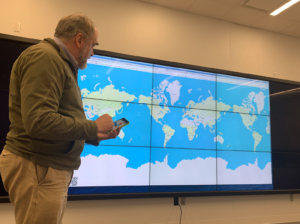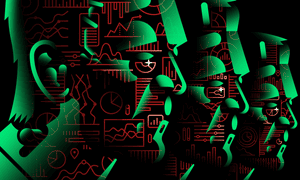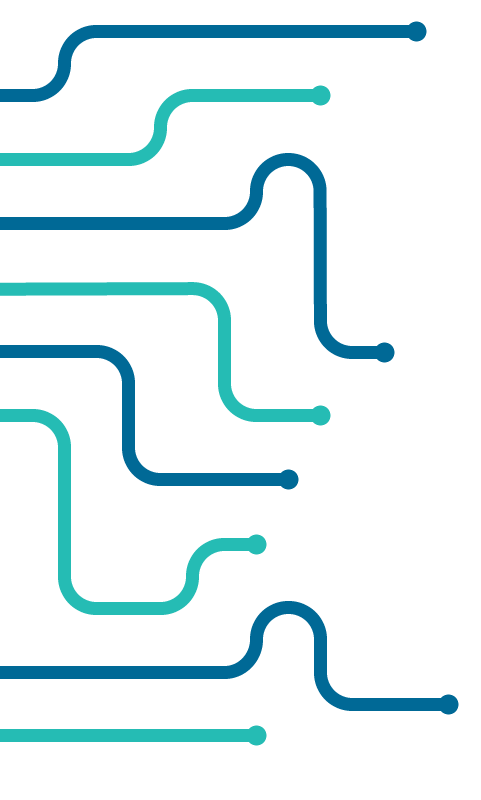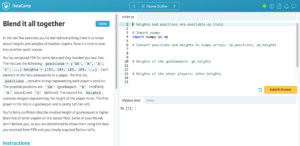Having just finished teaching a course on Big Data and Text Analysis where I taught students Python I can appreciate a well written tutorial on Python. Python Programming for the Humanities by Folgert Karsdorp is a great tutorial for humanists new to programming that takes the form of a series of Jupyter notebooks that students can download. As the tutorials are notebooks, if students have set up Python on their computers then they can use the tutorials interactively. Karsdorp has done a nice job of weaving in cells where the student has to code and Quizes which reinforce the materials which strikes me as an excellent use of the IPython notebook model.
I learned about this reading a more advanced set of tutorials from Allen Riddell for Dariah-DE, Text Analysis with Topic Models for the Humanities and Social Sciences. The title doesn’t do this collection of tutorials justice because they include a lot more than just Topic Models. There are advanced tutorials on all sorts of topics like machine learning and classification. See the index for the range of tutorials.
Text Analysis with Topic Models for the Humanities and Social Sciences (TAToM) consists of a series of tutorials covering basic procedures in quantitative text analysis. The tutorials cover the preparation of a text corpus for analysis and the exploration of a collection of texts using topic models and machine learning.
Stéfan Sinclair and I (mostly Stéfan) have also produced a textbook for teaching programming to humanists called The Art of Literary Text Analysis. These tutorials are also written as Jupyter notebooks so you can download them and play with them.
We are now reimplementing them with our own Voyant-based notebook environment called Spyral. See The Art of Literary Text Analysis with Spyral Notebooks. More on this in another blog entry.




